


Our team sorts through all blog submissions to place them in the categories they fit the most - meaning it's never been simpler to gain advice and new knowledge for topics most important for you. This is why we have created this straight-forward guide to help you navigate our system.
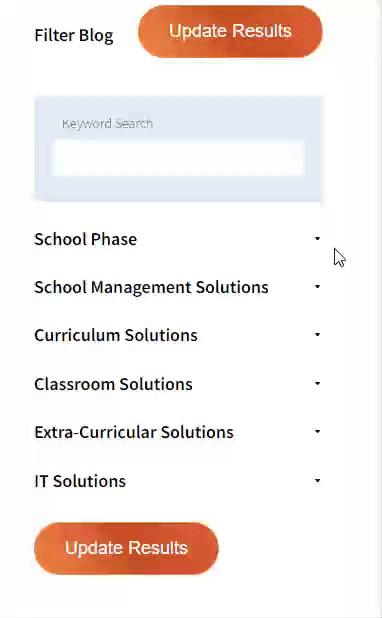

And there you have it! Now your collection of blogs are catered to your chosen topics and are ready for you to explore. Plus, if you frequently return to the same categories you can bookmark your current URL and we will save your choices on return. Happy Reading!
The next blog in Janelle McLaughlin’s series discusses how your whole school should have goals and think critically.

A chief responsibility for any leader is to model what she expects to see on her team. If teachers are expected to nurture and improve critical thinking and problem solving abilities with their students, then principals should equip teachers with the tools and strategies to do so. The leaders need to make sure teachers regularly practice critical thinking themselves and know how to incorporate it into the regular teaching and learning. As a leader, how do you foster critical thinking and problem solving with your team?
Step one is having every staff member write a focused and measurable goal. They need to have two or three actionable steps to take first to start working towards that goal, with dates committed to paper to have those first steps accomplished.
Step two is to have them share that goal and action plan with two people in their building. The first person should be the building leader. Leaders, you need to read each and every plan. This shouldn’t come from an evaluative mindset, but from one that is supportive and with the desire to know your teachers better. The second person may vary depending on the support people available. If there is an instructional coach on campus then it would make sense to share it with that person. If not, maybe a team leader or other colleague who is willing to act as a thought partner throughout the school year.
Step three is to go ahead and schedule a reflection time with one of those people. This date helps hold each person accountable to the action steps planned. The reflection cycle is where the biggest part of personal critical thinking comes in. It’s here that people are asked to practice metacognition. Some great reflection questions to work through are:
Sometimes the thought partner acts merely as a sounding board. Other times, they are able to offer insight, and/or advice. During this conversation, support is important, and so is someone who will help stretch the thinking process. After this period of discussion, reflection, and metacognition, the teacher sets a few more action steps and the partners plan the next date for reflection.
This goal-setting and action/reflection cycle is so important to teacher learning and growth and increases their own critical thinking and problem solving abilities. Students can go through a very similar process. I work with a high school teacher who has every student write him a letter each Friday discussing how their week went as they work towards their own personal goals and what they will do the following week. It’s a quick, regular and intentional reflection time for students to think about their learning from the week.
Coming back to what I mentioned in the beginning of the post, if the principal is asking the staff to set goals, design action plans, and reflect with a peer, then the principal should be doing the same thing. Not only do they need to do it, but as the campus leader, they need to be transparent about the experience with the staff. This demonstrates the importance, and will increase buy-in leading to greater growth for everyone and translating into the classrooms and students.

The author

Read more

Read more
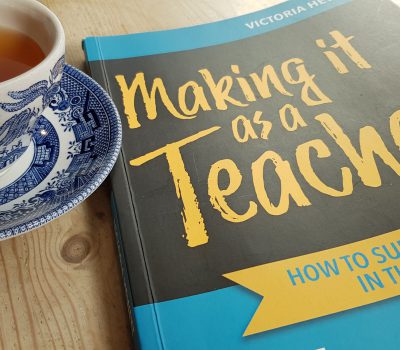
Read more
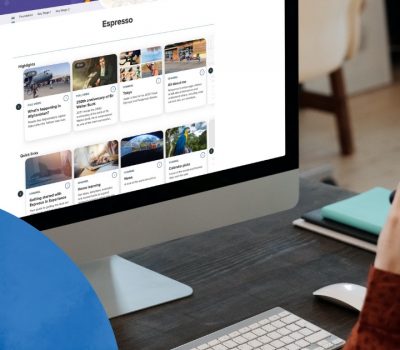
Read more
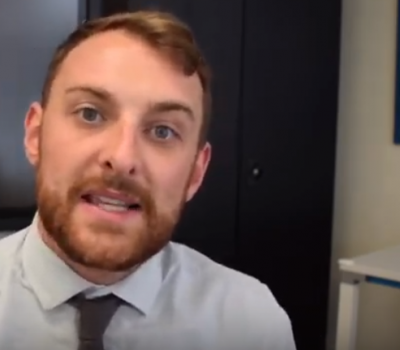
Read more

Read more
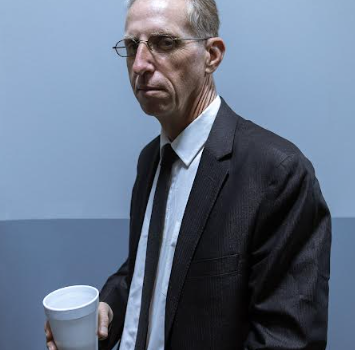
Read more

Read more
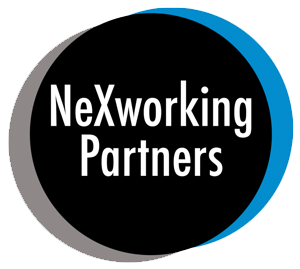

Are you looking for solutions? Let us help fund them! Nexus Education is a community of over 11,000 schools that come together to share best practise, ideas and CPD via online channels and free to attend events. Nexus also offers funding to all school groups in the UK via nexus-education.com


Established in 2011, One Education is a company at the heart of the education world, supporting over 600 schools and academies. Our unique appeal as a provider is in the breadth and synergy of the services we offer, supporting school leaders, teachers and support staff to achieve the best possible outcomes for their pupils and staff.

School Space is a social enterprise that has empowered schools for over 12 years through their profitable and hassle-free lettings services. So far, they’ve generated over £5 million in revenue for education, helping to connect over 200 schools with their local communities.


Unify is an online sales and marketing tool that allows users to create tailored personalised documents in moments.


There’s nothing special about the energy we sell. In fact, it’s exactly the same energy as all our competitors provide. But there is something special about the way we do it. Where others complicate the process, we simplify it. Where others confuse customers with hidden terms, we’re an open book. And where others do all they can to make as much money from their customers as possible, we do all we can to make as little. Everything we do, we do it differently. Our customers are a privilege. One we’ll never take advantage of.


Securus provide market-leading monitoring solutions to safeguard students on ALL devices both online and offline. We also offer a full monitoring service, where we carry out the monitoring on behalf of the school, freeing up valuable staff resources. From the smallest school to large MAT groups, Securus offers safeguarding protection for all!


Bodet Time offers dedicated solutions to education through lockdown alerts, class change systems, PA and synchronised clock systems. Improving time efficiency of the working and school day; ensuring safety through lockdown alerts; increasing communication with customised broadcast alerts.


Robotical makes Marty the Robot - a walking, dancing coding robot that makes programming fun and engaging for learners as young as 5. Our robots come with a full Learning Platform that has complete teaching resources, to make lesson planning a breeze.